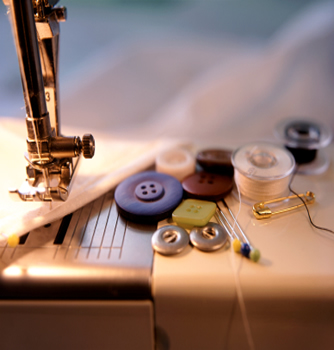All About Sewing Alterations

To make the altering or dismantling of your jeans become a nicer experience, you will need some supplies for it. Heavy duty machine needles, a thimble, a flexible tape measure, hand-sewing needles, a fabric marking pen, a cotton sewing thread, tracing paper or pattern, pincushions and long pins, sharp scissors at least 20 to 25 cm long, small sharp embroidery scissors and of course, a sewing machine are just some of these supplies.
Throughout the process of altering your jeans, you will probably need a sewing machine as this is just the most frequent tool for such matter. When you are working with heavy duty fabric here similar to a denim textile, don't forget to always refer to the instruction manual. In an effort to avoid tangled thread and missing stretches, you need to be certain that the bobbin case is free from lint.
Among the most vital items that can't be overlooked is the needle that will be used for sewing. To make sure that stitches can be formed correctly, make sure that you will only use heavy-duty or perhaps, leather needles. Remove the pins and don't forget that so it would not pass under the presser foot. If such thing has happened, then your needle will bent and as a result, it will lead to skipped stitches and unwanted damage to the bobbin case or needle plate.
Damaged needles ought to be replaced at the earliest possible time. You have got to wash your jeans thoroughly if it is heavily soiled because whether you believe it or not, dirt could cause some trouble to your sewing machine and even to its sewing mechanism.
Don't hesitate in cutting out the excessive fabric for the second hand jeans. The fabric is stretched in knee areas or in the thigh most of the time. It is easier to spot the said areas when the jeans are on a flat surface. If you don't want to deal with any issues while assembling the parts, then be sure to cut them.
The double fold jean seams are normally denser which may present a challenge to sew near or over the seam. To be able to avoid skipping stitches as well as broken needles, only keep the presser foot level. Let's say for example that the seam is bulky to put it under the presser foot, then simply place it on a sturdy surface and then, hit it a few times with a hammer.
So that's it, when planning to alter your jeans or an old one, always bear in mind of these things from this website to do it right.